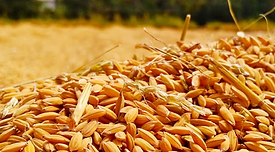Chemical
PFAS Litigation and FDA Updates for the Food Industry
Managing PFAS litigation risk requires food manufacturers and suppliers to take adequate steps to assess their exposure and allocate responsibility
April 12, 2024
Review and Update of Methods for Metals Analysis in Foods
Metals detection at low concentration in food can be challenging from an analytical perspective and requires suitable guidance in terms of the instrumentation used and methodological approaches
Eve Kroukamp Ph.D.
Christopher J. Smith Ph.D.
Kevin Kubachka Ph.D.
Stéphane Dubascoux Ph.D.
Erik Konings Ph.D.
April 12, 2024
Never miss the latest news and trends driving the food safety industry
eNewsletter | Website | eMagazine
JOIN TODAY!Copyright ©2024. All Rights Reserved BNP Media.
Design, CMS, Hosting & Web Development :: ePublishing










